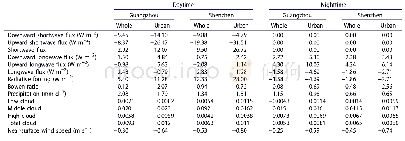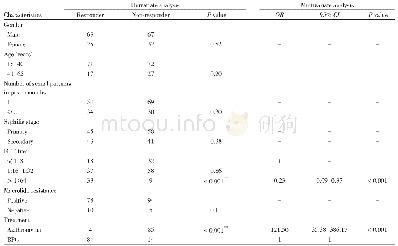《Table 4 Variations in L and E with agitation speed for the three regimes》
 提示:宽带有限、当前游客访问压缩模式
提示:宽带有限、当前游客访问压缩模式
本系列图表出处文件名:随高清版一同展现
《Regime Map of Dry Neutralization Agglomeration Process Containing Non-Reactive Ingredient on a Laboratory Scale》
In the transitional regime,there was fi rst a decrease in MPS and then a slight increase with an increase in the agitation speed.This implies that the destructive force of impellers became dominant at a low agitation speed,whilethe consolidation and coalescence outweighed breakage at a high agitation speed.In this regime,the major dry powder was Na 2 CO 3 and Na 2 SO 4.HLAS was almost completely neutralized.As a result,agglomeration entered a steady growth phase and the end point product was sticky.According to force analysis,agitation has dual eff ects on powder growth.Energy input is low at a low agitation speed;therefore,the compaction force is lower than the destructive force.However,at a high agitation speed,the increased amount of energy input indicates that the destructive force is lower than the consolidation and coalescence forces.The above analysis is supported by results of the color test,as shown in Table 4.
| 图表编号 | XD0042637600 严禁用于非法目的 |
|---|---|
| 绘制时间 | 2019.02.01 |
| 作者 | Leping Dang、Xu Li、Jinsheng Fu、Xiaojun Lang、Hongyuan Wei |
| 绘制单位 | School of Chemical Engineering and Technology, Tianjin University、School of Chemical Engineering and Technology, Tianjin University、Procter and Gamble Technology (Beijing) Co.,Ltd、School of Chemical Engineering and Technology, Tianjin University、School of |
| 更多格式 | 高清、无水印(增值服务) |
查看“Table 4 Variations in L and E with agitation speed for the three regimes”的人还看了
-

- Table 1.Changes in the energy budget, cloud fraction, and near-surface wind speed in the summer under EX1 and EX2 betwee
-

- Table 4 Variations in the photosynthetic characteristics of pepper seedlings before and after storage
-

- Table 1.Chemical characteristics of rhizosphere and bulk soils associated with L.ruthenicum in the three growth stages





